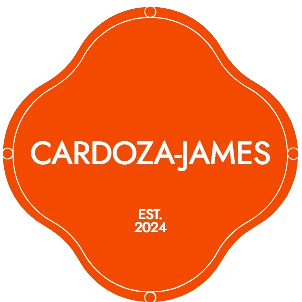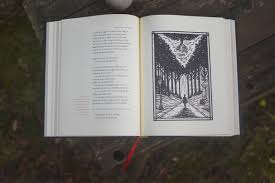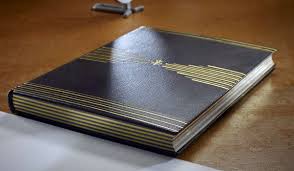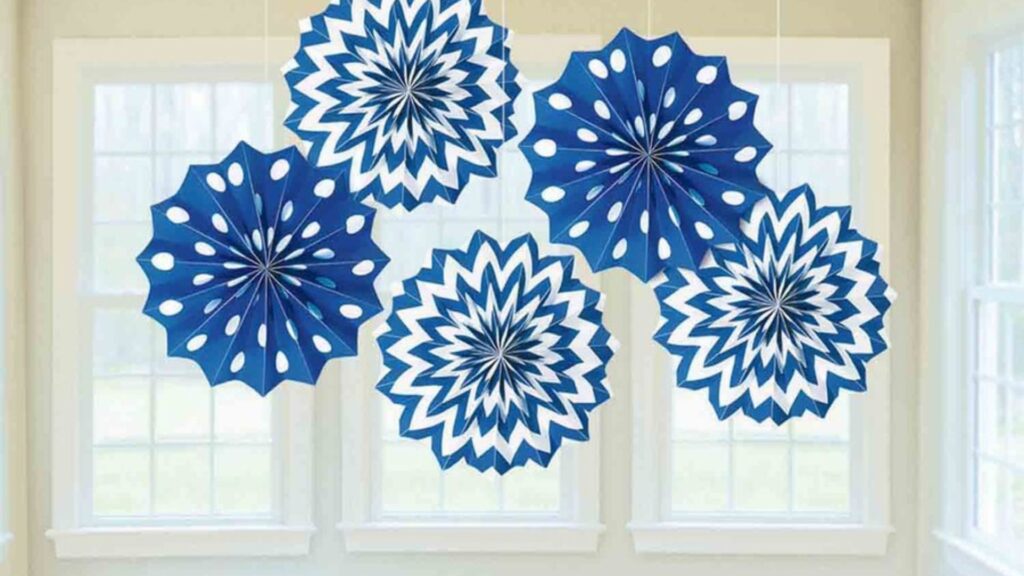
Decorative Features In Paper Printing
Adding decorative features in paper printing elevates printed materials from ordinary to professional and visually appealing. Decorative elements enhance aesthetics while maintaining functionality. From brochures and flyers to notebooks and custom documents, creative features make each project stand out. Using innovative techniques and materials ensures that decorative elements remain durable and professional. Incorporating decorative features in paper printing improves readability, highlights important sections, and creates a polished, eye-catching appearance. Modern printing methods allow seamless integration of creative touches without compromising quality or durability.
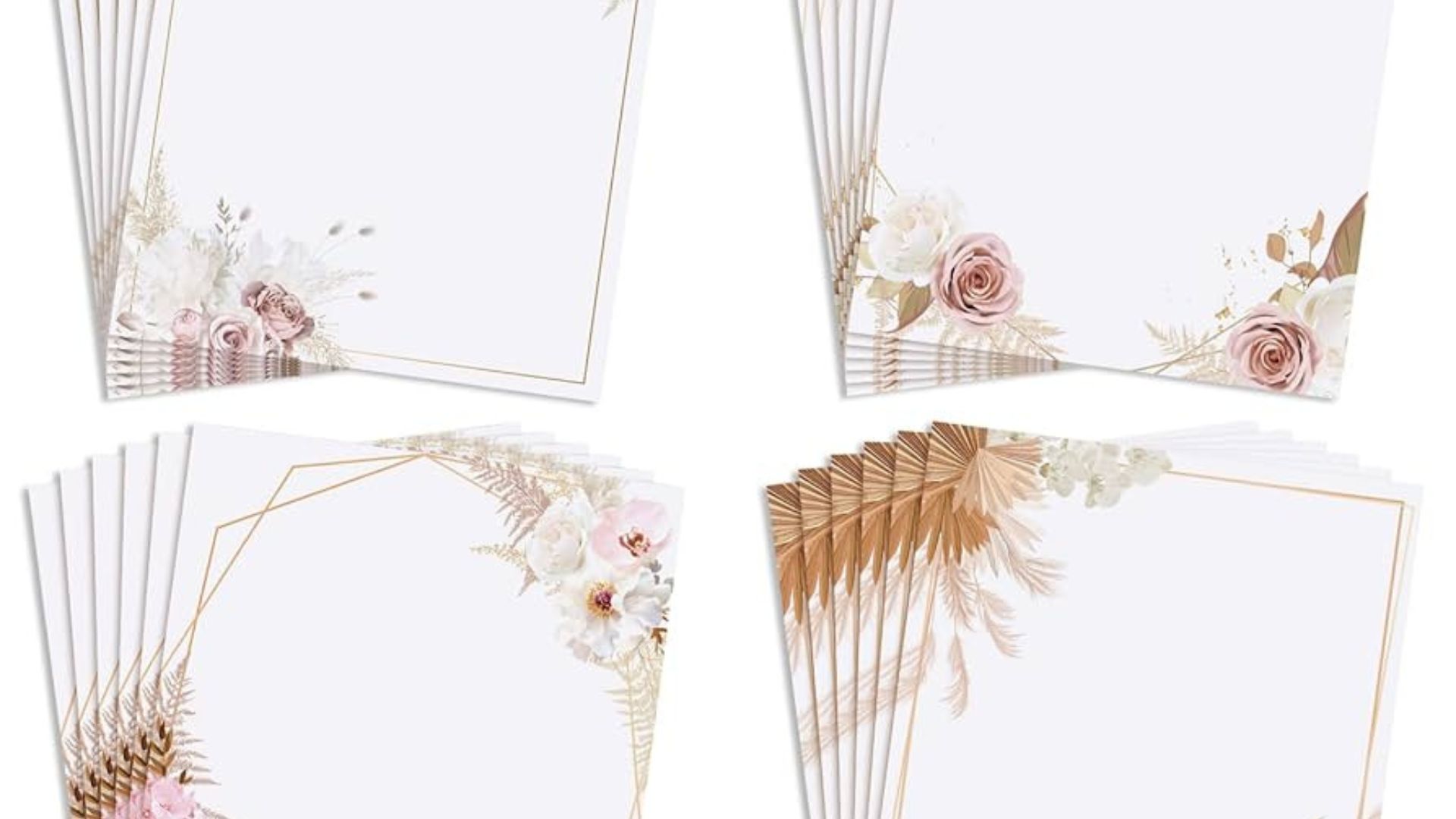
Why Decorative Features Are Important
Decorative features in paper printing enhance both visual appeal and functionality. They highlight key information, create brand identity, and increase engagement with printed materials. Using decorative features in paper printing also differentiates products, making them memorable and professional. Well-designed decorative elements improve the overall user experience, whether in marketing materials, creative projects, or educational resources.
Common Decorative Features in Paper Printing
Embossing and Debossing
Embossing raises elements above the paper surface, while debossing presses them into the paper. These techniques create texture, sophistication, and a professional finish. They are ideal for logos, titles, and covers.
Foil Stamping
Foil stamping applies metallic or colored foil to paper, producing a reflective and luxurious look. It is commonly used on invitations, certificates, and premium marketing materials.
Spot UV Coating
Spot UV coating highlights specific areas of a page with a glossy finish. It draws attention to images, text, or designs, adding depth and visual interest.
Custom Inks and Colors
Using unique ink colors, metallic inks, or gradient effects can create striking designs. Custom inks support branding and elevate the appearance of printed materials.
Decorative Paper Textures
Textured papers, such as linen, felt, or recycled finishes, add tactile appeal. Combining texture with printed elements enhances decorative features in paper printing and creates a unique experience for the reader.
Applications of Decorative Features
Decorative features can be applied to a variety of printed materials:
-
Business brochures and marketing flyers
-
Invitations, greeting cards, and announcements
-
Notebooks, journals, and planners
-
Certificates, awards, and promotional materials
-
Creative projects like scrapbooks and custom publications
Integrating decorative elements ensures that materials are both functional and visually engaging.
Benefits of Decorative Features in Printing
-
Enhances visual appeal and creativity
-
Highlights key information and branding
-
Improves perceived quality and professionalism
-
Increases engagement and memorability
-
Complements modern printing techniques
Tips for Using Decorative Features
-
Match features to the purpose of the project
-
Test combinations of textures, inks, and finishes
-
Ensure readability is not compromised by design
-
Work with high-quality paper and printing techniques
-
Consult printing professionals for optimal results
Following these tips ensures decorative elements enhance the project without affecting quality or durability.
Modern Trends in Decorative Printing
Modern printing incorporates digital techniques with traditional decorative features. Combining embossing, foil stamping, spot UV, and textured papers creates unique designs. Many businesses and creatives now use sustainable paper and eco-friendly inks while maintaining decorative appeal. This approach allows for professional, visually striking results that are also environmentally responsible.
Conclusion
Decorative features in paper printing transform standard materials into visually appealing, professional, and durable works. Techniques like embossing, foil stamping, spot UV coating, custom inks, and textured papers add depth, creativity, and style. Using these features ensures that brochures, notebooks, journals, and promotional materials stand out while remaining functional. Incorporating high-quality decorative elements improves readability, enhances aesthetics, and creates memorable printed materials. Understanding and applying decorative features ensures all printing projects achieve a polished, professional, and eye-catching result.
